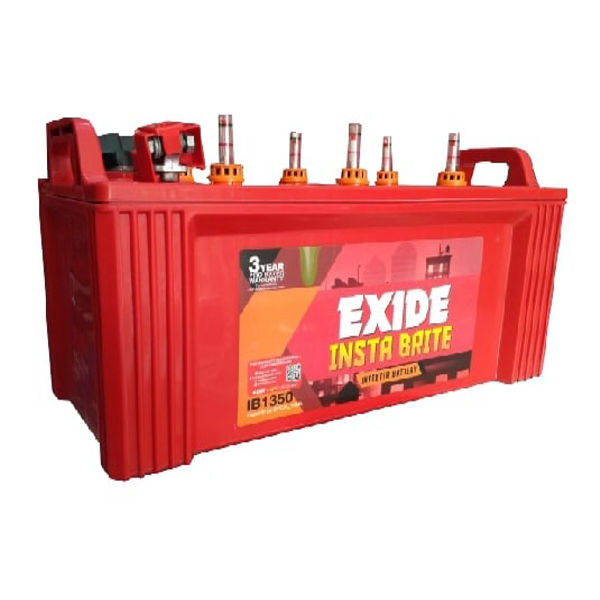The Vertiv Liebert GXT5-6000RT120 is a popular 6 kVA online uninterruptible power supply (UPS) designed for critical applications in data centers and IT environments. Below are the key specifications and features of the Vertiv 6 kVA UPS: Key Features Form Factor: Rack-mountable (typically 3U) or tower configuration, depending on the model. Power Rating: Capacity: 6 kVA (6000 VA) / 5.4 kW output. Topology: On-Line Double-Conversion: Provides continuous power with zero transfer time, ensuring the highest level of protection for sensitive equipment. Input Specifications: Input Voltage: 120 VAC (or 220/230/240 VAC depending on configuration). Input Frequency: 50/60 Hz (auto-sensing). Input Connection: Typically comes with a hardwired connection or NEMA L6-30P plug. Output Specifications: Output Voltage: Configurable 120/208/230/240 VAC. Output Frequency: 50/60 Hz (synchronized to mains). Output Connections: Multiple NEMA outlets or terminal block connections for connecting devices. Battery Specifications: Internal Batteries: Sealed lead-acid batteries providing backup power during outages. Battery Runtime: Varies based on load; typically offers several minutes to hours of backup for critical devices. Recharge Time: Generally within 4-6 hours to reach full charge after a complete discharge. Efficiency: High efficiency ratings, often exceeding 95% in online mode, reducing energy costs and heat output. Cooling: Internal cooling fans that activate based on temperature and load conditions to maintain optimal operating temperatures. Management and Monitoring: LCD Display: Provides real-time information on UPS status, including input/output voltage, load level, battery status, and alarms. Communication Ports: Typically includes USB, RS-232, and optional SNMP card for network management. Software: Compatible with various UPS management software for monitoring and control. Physical Dimensions: Size: Approximately 5.2 inches (3U) in height, with width and depth depending on the specific model. Weight: Typically around 100 lbs (45 kg), depending on the battery configuration. Environmental Specifications: Operating Temperature: Typically ranges from 0°C to 40°C (32°F to 104°F). Humidity: 0% to 95% non-condensing. Safety and Certifications: Complies with various safety and performance standards such as UL, CE, and others, ensuring reliability and safety in operation. Applications Ideal for protecting critical IT equipment, networking devices, telecommunications equipment, and servers in data centers and edge computing environments. Summary The Vertiv Liebert GXT5-6000RT120 is designed to provide reliable power protection for sensitive equipment in a compact, rack-mountable format. With its online double-conversion technology, it ensures continuous power supply and high efficiency, making it suitable for various applications requiring high availability and reliability.
Send Message







